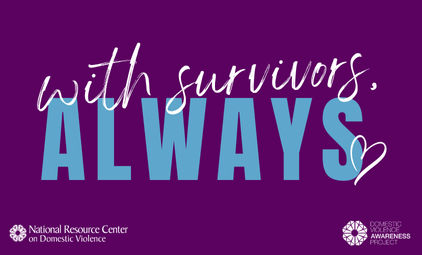"Like the 'problem that has no name,' the disquieting malaise of frustration and repression among postwar wives and homemakers identified by Betty Friedan more than 50 years ago, this moment is borne of a very real and potent sense of unrest. Yet it doesn't have a leader, or a single, unifying tenet. The hashtag #MeToo (swiftly adapted into #BalanceTonPorc, #YoTambien, #Ana_kaman and many others), which to date has provided an umbrella of solidarity for millions of people to come forward with their stories, is part of the picture, but not all of it.
This reckoning appears to have sprung up overnight. But it has actually been simmering for years, decades, centuries. Women have had it with bosses and co-workers who not only cross boundaries but don't even seem to know that boundaries exist. They've had it with the fear of retaliation, of being blackballed, of being fired from a job they can't afford to lose. They've had it with the code of going along to get along. They've had it with men who use their power to take what they want from women. These silence breakers have started a revolution of refusal, gathering strength by the day, and in the past two months alone, their collective anger has spurred immediate and shocking results: nearly every day, CEOs have been fired, moguls toppled, icons disgraced. In some cases, criminal charges have been brought.
...Nearly all of the people TIME interviewed about their experiences expressed a crushing fear of what would happen to them personally, to their families or to their jobs if they spoke up.
For some, the fear was borne of a threat of physical violence. Pascual felt trapped and terrified when her harasser began to stalk her at home, but felt she was powerless to stop him. If she told anyone, the abuser warned her, he would come after her or her children.
Those who are often most vulnerable in society—immigrants, people of color, people with disabilities, low-income workers and LGBTQ people—described many types of dread. If they raised their voices, would they be fired? Would their communities turn against them? Would they be killed?"
Read the full article here.















